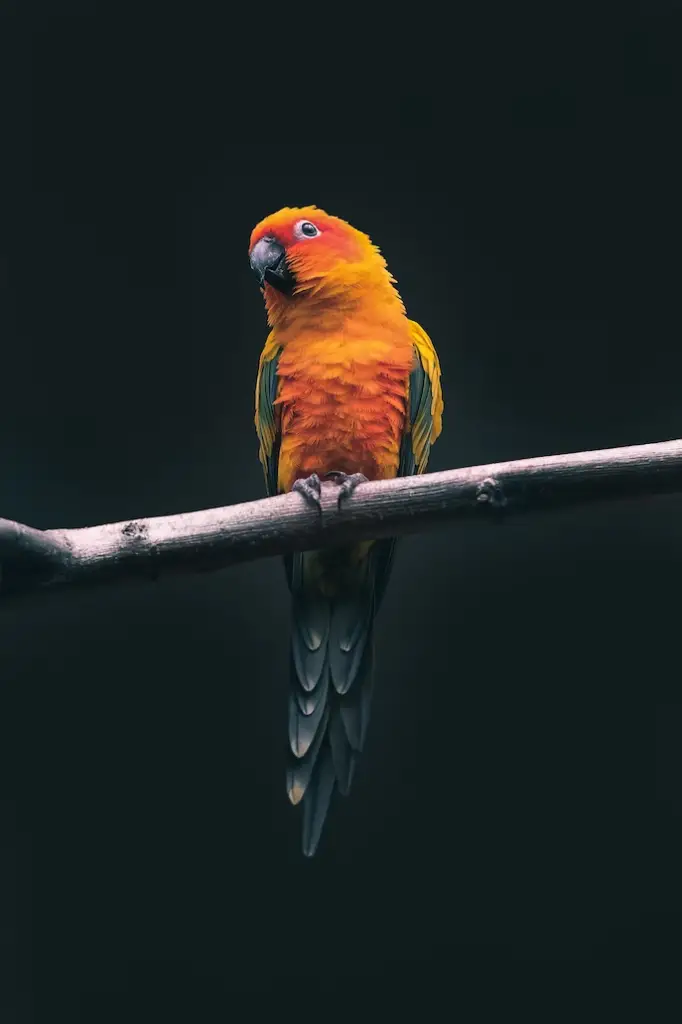Animals have been a source of fascination for humans for centuries and they still very much are! We marvel at their beauty, their intelligence, and their ability to adapt to the world around them. But have you ever wondered if animals dream? The idea of animals dreaming has been around for a long time, but only recently have scientists been able to confirm that animals do dream. In this article, we’ll explore the fascinating world of animal sleep and what we know about their dreams.
What is Sleep, and Why Do Animals Need It?
Before we dive into the world of animal dreams, let’s take a step back and talk about sleep. Sleep is a natural state of rest that is essential for the survival of most animals, including humans. During sleep, the body and brain go through a series of complex processes that are critical for maintaining physical and mental health. Sleep is necessary for memory consolidation, learning, and the regeneration of cells and tissues.
But why do animals need sleep in the first place? The answer is simple: it’s essential for survival. In the wild, animals are constantly on the lookout for predators or searching for food. Sleep allows animals to rest and conserve energy so they can be alert and active when they need to be.
Types of Sleep
There are two main types of sleep: non-rapid eye movement (NREM) sleep and rapid eye movement (REM) sleep. NREM sleep is characterized by slow brainwaves, reduced muscle activity, and a decreased heart rate. During NREM sleep, the body repairs and regenerates tissues, builds bone and muscle, and strengthens the immune system.
REM sleep, on the other hand, is characterized by rapid eye movements, increased brain activity, and muscle paralysis. This is the stage of sleep where dreaming occurs. REM sleep is important for memory consolidation, emotional regulation, and creative problem solving.
Do Animals Dream?
Now, let’s get back to the question at hand: do animals dream? The answer is yes! Scientists have been able to confirm that many animals, including mammals, birds, and reptiles, experience rapid eye movement (REM) sleep, which is the stage of sleep where dreaming occurs.

Studies have shown that animals exhibit similar brainwave patterns during REM sleep as humans do, indicating that they’re likely dreaming. For example, scientists have observed rats dreaming about running mazes they’d previously navigated while awake. Similarly, dogs have been observed making twitching movements, vocalizing, and even wagging their tails while in REM sleep, indicating that they’re likely dreaming about chasing or playing.
Why Do Animals Dream?
Just like humans, animals dream for a variety of reasons. One theory is that dreaming is a way for animals to process information and consolidate memories. In other words, animals dream about their experiences to help them remember important information or skills.

Another theory is that dreaming helps animals practice important behaviors. For example, a lion may dream about hunting to reinforce its hunting skills. Similarly, a bird may dream about flying to reinforce its flying abilities.
It’s also been suggested that animals dream to help them deal with emotions. Studies have shown that rats experience REM sleep after experiencing stressful situations, indicating that they may be dreaming as a way to process and cope with their emotions.
The Fascinating World of Animal Dreams
The study of animal dreams is still in its early stages, but scientists have already discovered some fascinating facts about the dreams of different animals.
For example, scientists have observed that dolphins can sleep with one half of their brain at a time, while the other half remains alert. This allows them to stay alert to potential threats while still getting the rest they need.
Similarly, birds have been observed sleeping while flying. Scientists believe that birds sleep with one eye open, allowing them to stay alert to potential predators while still getting the rest they need. Some birds, such as the common swift, can even sleep while in flight for up to ten months of the year.
Another fascinating aspect of animal dreams is the way different species dream about different things. For example, dogs are known to dream about chasing and playing, while elephants have been observed dreaming about their experiences and memories.
Interestingly, some animals seem to have a more vivid dream life than others. For example, scientists have observed that rats have more REM sleep than humans do, indicating that they may have more frequent and longer dreams.
The Future of Animal Dream Research
As our understanding of animal dreams grows, so does our ability to care for and protect animals. By studying animal dreams, we can learn more about their behavior, emotions, and cognitive abilities. This information can help us create better habitats and living conditions for animals in captivity, as well as inform our conservation efforts for wild animals.

Additionally, studying animal dreams can also shed light on the evolution of sleep and dreaming. By comparing the dreams of different species, scientists can gain insights into how sleep and dreaming have evolved over time.
To conclude, animals do indeed dream, and the study of animal dreams is a fascinating and growing field of research. From dolphins sleeping with one half of their brain to birds sleeping while flying, the world of animal sleep is full of surprises and wonder & no different to the world of human dreaming. More dream science here.
By studying animal dreams, we can gain valuable insights into the behavior, emotions, and cognitive abilities of different species. This knowledge can help us care for and protect animals, as well as inform our understanding of the evolution of sleep and dreaming.
So, the next time you see your dog twitching in its sleep, or hear a bird chirping in its dreams, remember that they’re experiencing their own fascinating world of sleep and dreams, just like we are.
